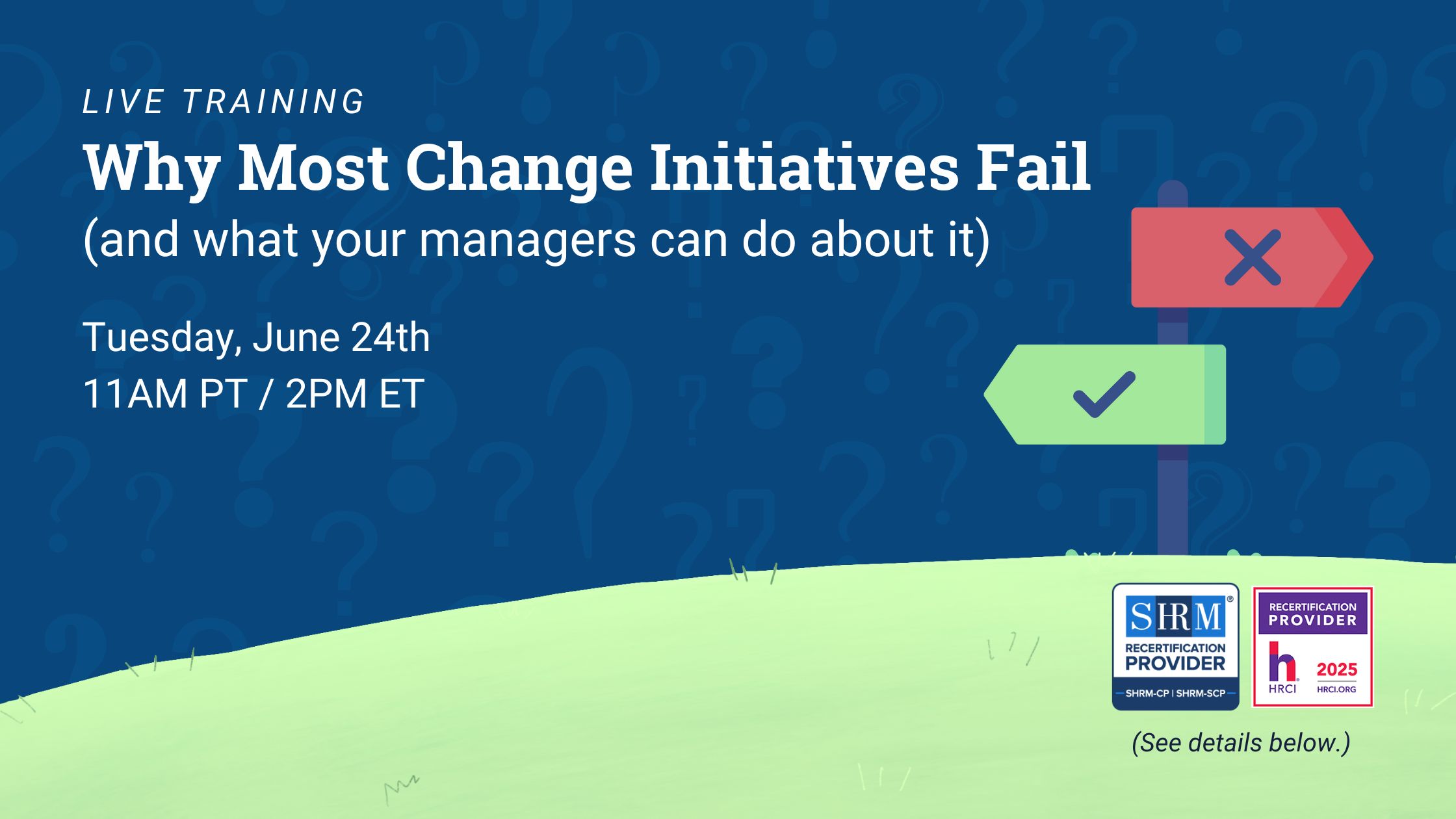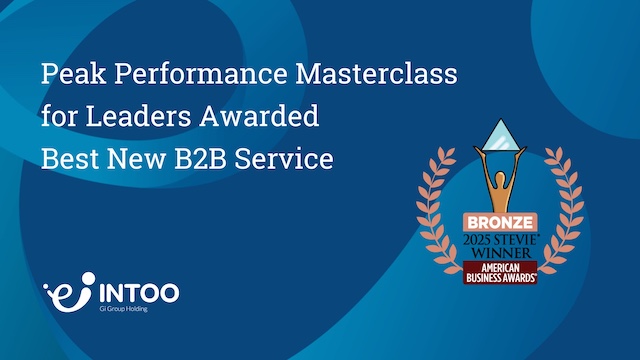Employee separation refers to the termination of an employment relationship between an employer and an employee. This can occur for one of several reasons, including voluntary resignation, involuntary termination (layoffs, firings), retirement, or death. For instance, an employee might resign to pursue a new opportunity, while a company might lay off employees due to an economic downturn. Involuntary separations, especially those involving termination, can be complex and often involve legal considerations.
Employers and employees may enter into a separation agreement to ensure a smooth transition and mitigate potential legal disputes. This agreement specifies the terms of the separation, like severance pay, continuation of benefits such as health insurance, non-compete clauses, and confidentiality agreements. Separation agreements can provide clarity and protect the interests of both parties. It’s crucial to note that the specific terms of a separation agreement can vary significantly depending on the circumstances of the separation, the employee’s role and responsibilities, and applicable laws.
Types of Employee Separation
Employee separation refers to situations where the employment relationship comes to an end. Here are the main types:
Voluntary separations:
- Resignation: An employee decides to leave their job for personal or professional reasons, such as a new job opportunity, further education, or personal circumstances.
- Retirement: An employee leaves their job permanently, usually after reaching a certain age or fulfilling certain service requirements.
Involuntary separations:
- Termination: An employee is fired due to misconduct, which may include violating company policies, poor performance, or illegal activities.
- Layoff: An employee is let go for economic reasons, such as company restructuring, downsizing, or a lack of work.
- Disability: An employee cannot continue working due to a medical condition.
- Death: The employment relationship ends naturally with the employee’s passing.
- Constructive discharge: An employee resigns due to unbearable working conditions created by the employer, such as discrimination, harassment, or a hostile work environment.
Other separations:
- End of contract: The employee’s contract expires, and they are not offered a renewal.
- Job abandonment: An employee voluntarily stops attending work without providing prior notice or explanation.
- Furlough: An employee is temporarily laid off due to business needs, with the expectation of returning to work later.

Best Practices for Employee Separation: A Guide for Employers
Effectively handling employee separations is essential for maintaining a positive company culture and reducing legal risks and negative impacts to employer brand. Here are some best practices for employers and managers:
1. Establish clear policies and procedures
- Develop a comprehensive separation policy. This should outline procedures for different types of separations (resignation, termination, layoff, retirement) and include guidelines for terminations for cause.
- Ensure compliance with laws. Stay informed about local, state, and federal employment laws related to notice periods, severance pay, benefits continuation, and discrimination.
2. Conduct fair and consistent separations
- Document performance issues. Keep records of all performance problems and disciplinary actions to support termination decisions.
- Ensure fair treatment. Treat all employees equitably, avoiding discrimination based on age, gender, race, religion, or other protected characteristics.
- Provide clear explanations. When terminating an employee, clearly communicate to them the reasons for the decision in a professional and respectful manner.
3. Offer support and resources:
- Provide outplacement services. These programs assist employees with job search strategies, resume writing, and interview preparation to help them secure new employment. Offering them shows compassion and support during terminated employees’ transition.
- Offer severance packages. Consider providing severance pay, continuation of benefits, and other forms of support to departing employees, as appropriate.
4. Request feedback
- Conduct exit interviews. Gather feedback from voluntarily departing employees to identify areas for improvement within the company.
5. Maintain confidentiality
- Protect employee privacy. Avoid discussing the specifics of an employee’s separation with other employees or third parties.
- Use confidentiality agreements. Separation agreements should include confidentiality clauses to protect sensitive company information.
6. Communicate effectively
- Inform remaining employees. Notify staff about the separation in a timely and appropriate manner while respecting confidentiality.
- Address concerns. Be prepared to answer questions and address any concerns from remaining employees.
7. Seek legal counsel
- Consult legal experts. Obtain legal advice when managing complex separation situations, such as terminations for cause, large reductions in force, or potential legal challenges.
By following these best practices, employers can navigate employee separations more effectively, minimize legal risks, and foster a positive and productive work environment.
Be Prepared for Employee Separations in 2025
Whether voluntary or involuntary, employee separations are an inevitable part of the business cycle. Proactive planning for these events is crucial for organizational success. By establishing clear policies, conducting fair and consistent separations, offering support to departing employees, and maintaining open communication, employers can minimize disruption, maintain a positive company culture, and protect their valuable human capital.
INTOO can help you retain your image as a quality employer and reduce potential negative repercussions through our personalized outplacement programs. Whether for executives or more junior team members, INTOO Outplacement offers unlimited hours of 1:1 coaching and a dynamic technology platform that motivates users, helping them find meaningful new work quickly. Contact us today to learn more.











